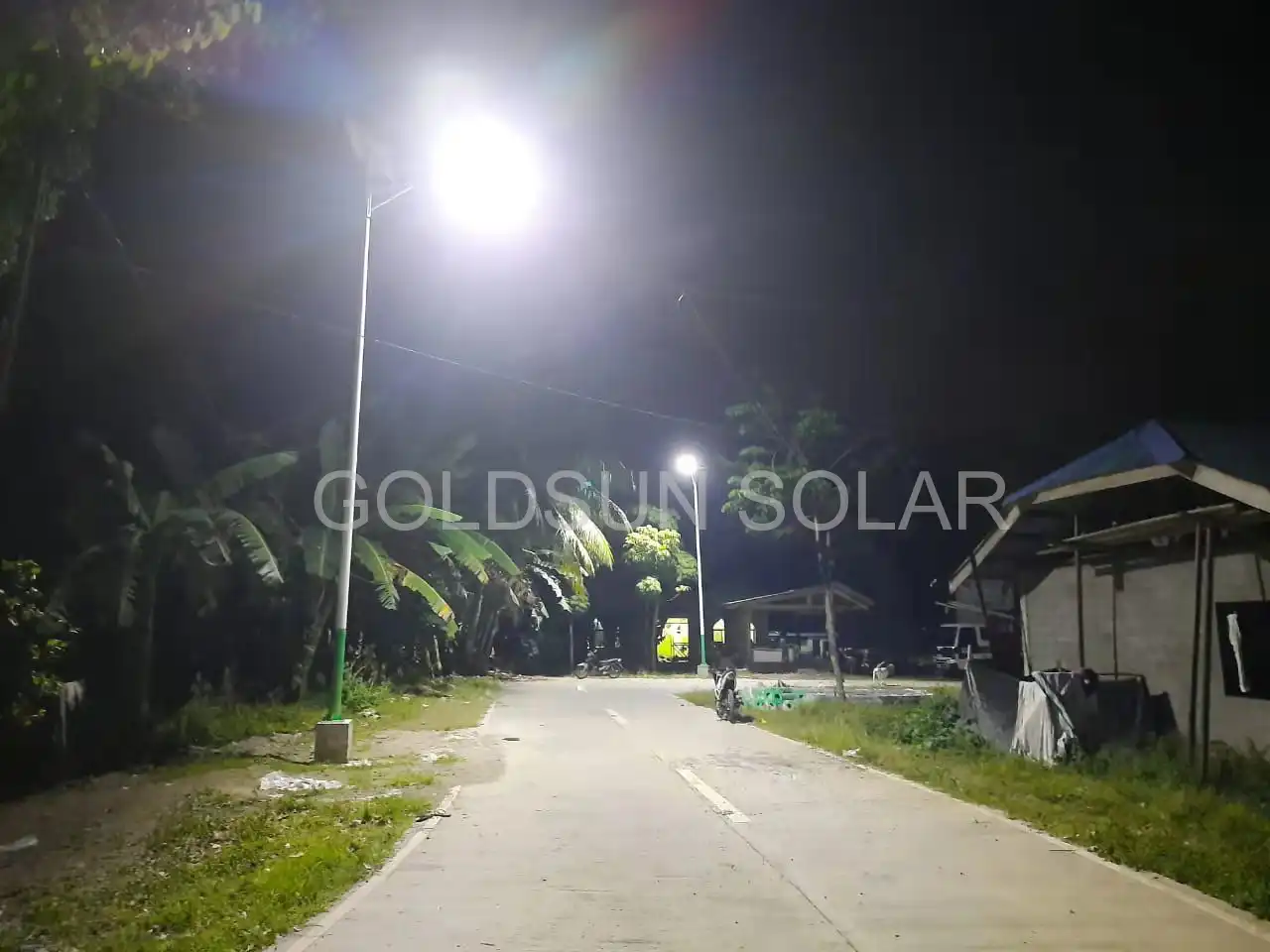Quarterly maintenance checklist for optimal performance
Essential cleaning procedures
Proper cleaning is crucial to ensure the continued efficiency of your solar street lights. Start by gently wiping the solar panels with a soft, damp cloth to remove dust, bird droppings, and other debris that could block sunlight. Avoid using abrasive materials or harsh chemicals, as these can scratch or damage the delicate surface of the panels. For stubborn grime, a mild soap solution can be used, but it’s essential to thoroughly rinse the panels afterward to prevent soap residue buildup, which can reduce their efficiency. Additionally, make sure to clean the light fixtures regularly, as dirt and grime can accumulate and diminish the light output. Regular cleaning ensures the system operates at its peak performance and extends the lifespan of your solar street lights.
Inspecting electrical components
Regular inspection of the electrical components is essential for maintaining the efficiency and longevity of your solar street lights. Begin by checking all wiring connections to ensure they are secure and free from corrosion or damage. Loose or frayed wires should be tightened or replaced to prevent any potential electrical issues. Pay special attention to the battery compartment, looking for signs of leakage, swelling, or other abnormalities that might indicate a faulty battery that needs to be replaced. Additionally, verify the charge controller is working as expected. Check its LED indicators to ensure it is properly regulating the battery’s charge and discharge cycles. Keeping the electrical components in optimal condition ensures your solar street lights continue to operate effectively, reducing the risk of system failure and enhancing the overall reliability of the lighting system.
How to test solar panel efficiency degradation?
Utilizing multimeters for voltage checks
Using a multimeter to measure the voltage of your solar street lights panels is an effective way to assess their efficiency. Start by disconnecting the solar panel from the battery and charge controller to avoid interference. On a bright, sunny day, place the multimeter probes on the panel’s positive and negative terminals. The voltage reading should be close to the panel’s rated value, which is typically between 17-22 volts for a 12V system. If the voltage is significantly lower than expected, this may indicate panel degradation, damage, or a decrease in efficiency. It’s a good practice to perform this test periodically and compare the results over time. Monitoring voltage levels can help you identify issues early, allowing for timely maintenance or replacement, and ensuring optimal solar panel performance.
Implementing data logging for long-term analysis
For a more comprehensive assessment of solar panel efficiency, consider implementing a data logging system. This involves installing a small device that continuously records the panel's output over extended periods. By analyzing this data, you can identify trends in energy production and detect gradual decreases in efficiency. Look for patterns related to weather conditions, seasons, and time of day. This long-term approach provides valuable insights into the panel's performance and helps predict when maintenance or replacement might be necessary.
Signs your solar lights need professional servicing
Recognizing unusual flickering or dimming
If you notice your solar street lights flickering or dimming unexpectedly, it's a clear indication that professional servicing may be required. This behavior often suggests issues with the battery, charge controller, or LED driver. Flickering could result from loose connections or corrosion in the wiring system. Dimming, especially if it occurs earlier in the night than usual, might indicate a failing battery that's unable to hold a full charge. In either case, these symptoms warrant a thorough inspection by a qualified technician to diagnose and resolve the underlying problems.
Addressing persistent charging issues
When solar street lights consistently fail to charge fully during daylight hours, it's time to seek professional help. This problem could stem from various sources, including degraded solar panels, faulty charge controllers, or damaged batteries. A professional can conduct a comprehensive system check, measuring solar panel output, battery voltage, and charge controller functionality. They can also assess environmental factors that might be impacting charging efficiency, such as shading from nearby structures or vegetation. Timely intervention can prevent complete system failure and extend the lifespan of your solar street lights.
In conclusion, maintaining solar street lights requires a combination of regular DIY upkeep and professional servicing when necessary. By following a consistent maintenance schedule and staying alert to signs of degradation or malfunction, you can ensure your solar-powered illumination systems continue to operate efficiently for years to come. Remember, while many maintenance tasks can be performed by facility managers or property owners, some issues require the expertise of trained professionals. For any questions or concerns about your solar street lights, don't hesitate to reach out to experts in the field. You can contact us at solar@gdsolarlight.com for personalized advice and support in maintaining your solar lighting systems.



